Dive straight into the dynamic landscape of SEO for SaaS with our comprehensive 2023 guide. Boost your SaaS platform’s visibility – navigating the complex maze of keyword optimization and search strategies has never been more intuitive. This guide serves as your all-in-one roadmap to mastering the nuances of SEO tailored specifically for SaaS businesses. Here’s a quick peek at what’s inside:
- Fresh strategies to nail keyword optimization.
- Techniques to skyrocket organic search results.
- Unveiling the synergy between SaaS platforms and modern SEO practices.

But that’s not all – amplify your user experience and conversion rates with Plerdy, the go-to tool for CRO & UX. Ready to dive in and take your SaaS to stellar heights? Let’s get started. 🧨
What is SaaS SEO?
SaaS SEO is the practice of optimizing Software as a Service (SaaS) platforms to rank higher in search engines. SaaS platforms bring SEO difficulties and opportunities unlike traditional websites or e-commerce storefronts. SaaS companies, given their subscription-based models and cloud-based solutions, often contend with specialized industry jargon, rapidly changing feature sets, and unique user behaviors.
For example:
- A project management tool might optimize for terms like “collaboration software” or “team workflow platform”.
- A graphic design SaaS might zero in on “online design tool” or “cloud-based graphic editor”.
Here’s a quick snapshot of what SaaS SEO entails:
- Crafting top-tier content tailored to industry-specific terms.
- Dialing down on keyword optimization focused on terms that potential users plug into search.
- Streamlining user experience – ensuring that potential clients land on the most relevant product pages swiftly.
- Building quality backlinks, leveraging user reviews and testimonials for added authority.
Additionally, as SaaS platforms constantly roll out updates and features, staying on top of SEO means staying agile, ready to pivot strategies or adjust keywords based on the evolving landscape of the software and the market’s demands. Dive in, harness these tactics, and let your SaaS shine bright in search results. 📈
The Importance of SEO for SaaS Companies
SEO remains the cornerstone for SaaS companies aiming to drive organic growth. By SEO optimizing their platforms for search engines, SaaS businesses not only enhance visibility but also foster trust with potential users. A well-executed SEO strategy can:
- Bolster organic traffic
- Enhance user acquisition rates
- Increase brand credibility
Let’s delve into specifics. Suppose you’re in the niche of project management software. By crafting content around targeted keywords—such as “remote team collaboration” or “agile sprint planning”—you attract decision-makers searching for solutions to their unique challenges. This precision ensures your solution stands out when users search for exact pain points. Additionally, in sectors like financial tech or health tech SaaS, a thorough SEO guide can help decode complex jargon, making solutions digestible for the average searcher.
However, it’s not just about targeting high-volume keywords. Instead, zeroing in on long-tail keywords—like “invoicing software for freelancers” or “HIPAA-compliant telemedicine platforms”—can drive highly qualified traffic, leading to better conversion rates.
In summary, for SaaS companies, SEO isn’t just a strategy—it’s a lifeline. Crafting detailed, keyword-rich content not only positions your brand as a thought leader but also ensures you’re discovered by those genuinely seeking your solutions.
Key Changes in SEO for 2023
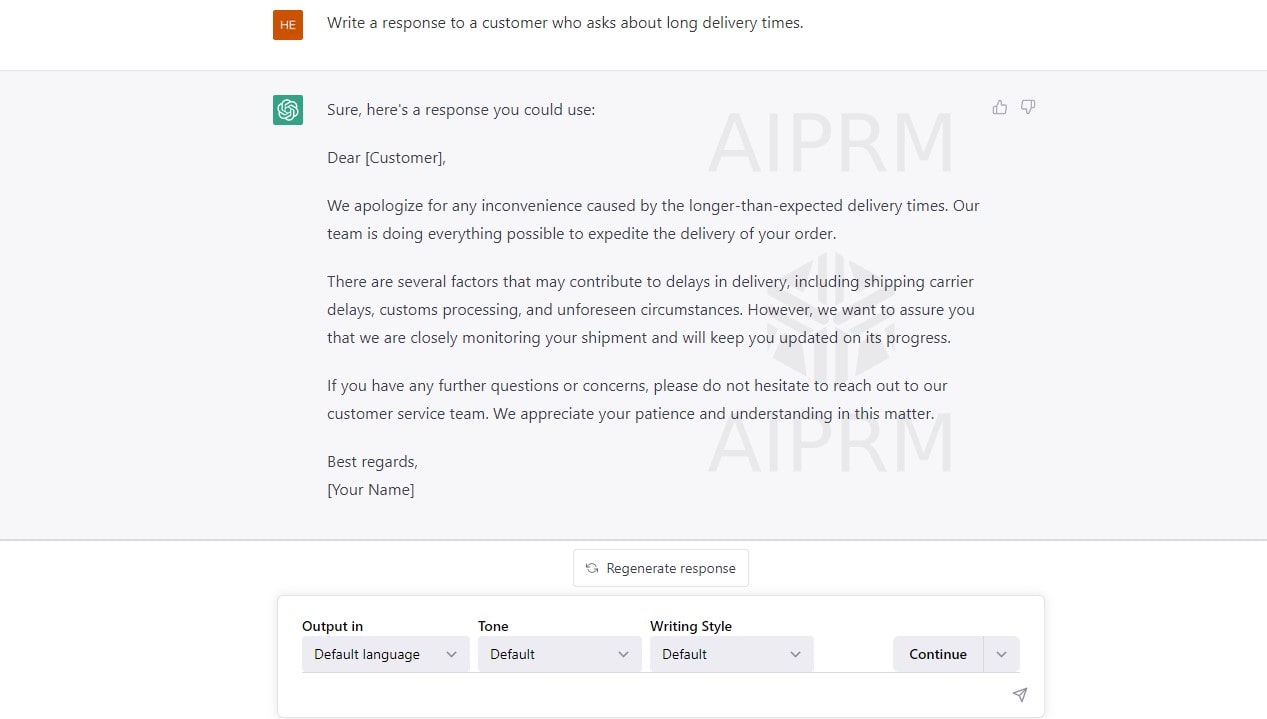
In 2023, the landscape of SEO has experienced shifts that any SaaS company should swiftly adapt to. As search engines evolve, so does the playbook for achieving optimal rankings. Among the most noteworthy transformations:
- Core Web Vitals: Google now places a premium on user experience. Metrics such as loading performance, interactivity, and visual stability factor significantly in ranking.
- E-A-T Criteria: Demonstrating expertise, authoritativeness, and trustworthiness has become pivotal. For instance, a health tech SaaS platform should produce content authored by medical professionals to bolster credibility.
- Video Content: Search engines now prioritize video content. Software platforms that offer walkthroughs or tutorials via video can expect a favorable nod from Google.
- Semantic Search: It’s not just about keyword density anymore. Search engines dig deeper into the context. A CRM SaaS, instead of just pushing the term “lead management”, should diversify its content to touch on “client relationship nurturing” or “sales funnel optimization”.
- AI-Powered SEO: The introduction of algorithms like BERT underscores the move towards understanding user intent rather than plain keyword matching.
Diving into these shifts with agility ensures SaaS platforms stay visible and relevant. Following a comprehensive SEO guide that acknowledges these trends ensures your brand doesn’t fade into the backdrop but rather stands out in this ever-evolving digital landscape. The days of just sprinkling keywords are behind us; 2023 calls for an informed, adaptive approach.
A complete guide to SEO for SaaS
Diving into “SEO for SaaS: The Complete Guide in 2023” is akin to finding a goldmine of insights tailored for today’s digital landscape. With its deep dive into keyword strategies and the nexus between search and SaaS platforms, this guide is truly the cream of the crop. Navigating the intricate dance of SaaS SEO feels like a breeze with this roadmap in hand. ⚡
Understanding the Basics
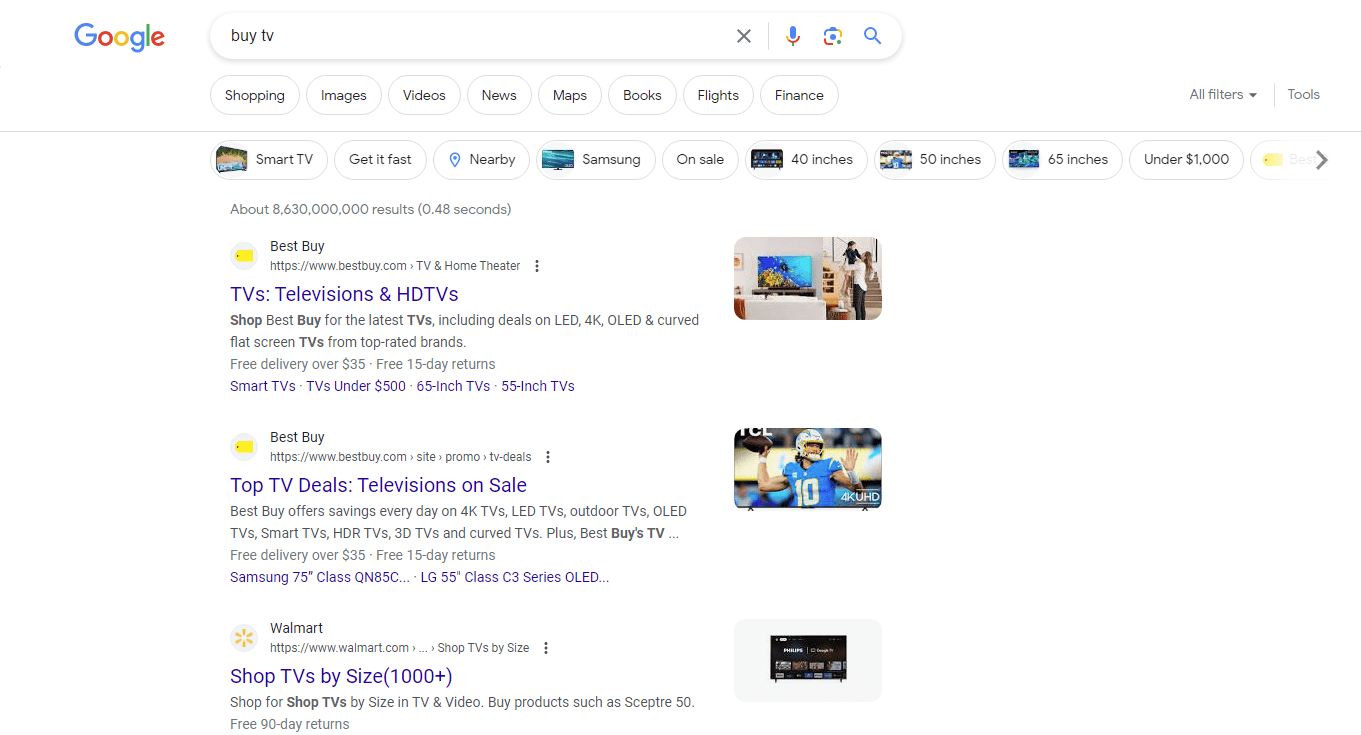
Navigating the digital landscape calls for a firm grip on the fundamentals, especially when addressing SEO within the SaaS sector. SEO, in essence, entails optimizing your online content, ensuring it becomes a top pick when users punch in specific keywords into search engines.
Consider this scenario: A cloud-based invoicing platform aims to stand out in its niche. Following an informed SEO guide, it doesn’t merely scatter the term “online invoicing” across its website. Instead, it zeroes in on terms such as:
- Automated billing solutions
- Cloud invoicing for freelancers
- Streamlined payment gateways
Diversifying keyword usage ensures broader visibility and appeals to a wider user base, from independent freelancers to corporate entities. But it’s not just about keyword placement. Search engines, like hawks, pick up on content quality, relevance, and structure. Therefore, crafting content that adds genuine value becomes paramount.
The SaaS environment, bursting with competition, demands an astute approach to SEO. Harnessing the power of keywords, understanding user intent, and churning out high-quality content positions any SaaS entity to not just pop up in searches but to genuinely engage and convert. In the immense ocean of search results, only those who genuinely understand the essentials shine clearly.
Technical SEO for SaaS Websites
Technical SEO serves as the bedrock upon which SaaS platforms build their online eminence. While crafting keyword-rich content reels in users, the engine room of a site—its technical foundations—determines if it truly stands tall in the search realm.
Dive into the anatomy of a SaaS platform, such as a digital asset management tool. Optimizing its website isn’t merely about sprinkling keywords like “asset organization” or “digital file storage”. Instead, it hinges on:
- Site Structure & URL Optimization: Streamlining URLs and crafting an intuitive site hierarchy ensures both users and search engines navigate without hitches.
- Mobile SEO Optimization: In an era where handheld devices dominate, making sure your SaaS site loads seamlessly on mobile ensures you don’t push away potential users.
- Speed & Core Web Vitals: A sluggish site not only turns off users but also gets side-eyed by search engines. Prioritizing loading speeds and vital metrics can keep you in search engines’ good books.
- XML Sitemaps & Robots.txt: These tools help search engines comprehend and index your site’s structure, paving the way for improved visibility.
- HTTPS & Security: Secure sites not only protect user data but also rank higher. A shift from HTTP to HTTPS can make a marked difference.
In essence, while content might be king, the technical underpinnings of a SaaS website hold the keys to the kingdom. By honing in on these elements and following a refined SEO guide, SaaS platforms can ensure they aren’t just noticed, but also respected and trusted in their respective niches.
On-page SEO Strategies
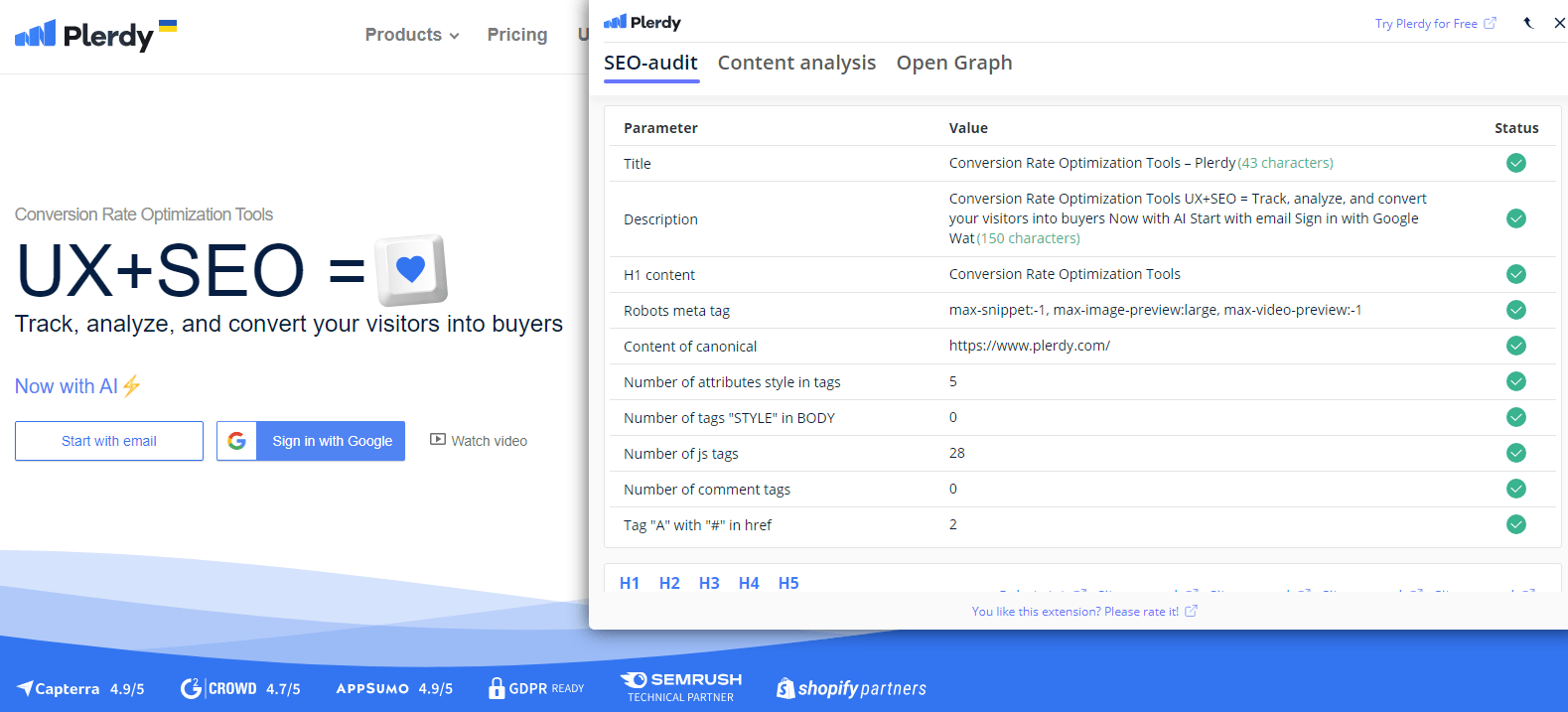
On-page SEO stands as a beacon for SaaS companies striving to achieve dominance in the digital space. It involves refining individual page elements to rank higher and earn more relevant traffic. Essentially, it’s about making sure each web page sings in tune with both user needs and search engine algorithms.
Imagine you’re running a SaaS dedicated to eCommerce inventory management. Beyond mentioning terms such as “stock control” or “order processing”, delving deep into on-page SEO ensures each aspect of your content resonates. Key strategies to incorporate include:
- Title Tags: Crafting concise, keyword-rich titles captures attention while signaling the page’s core topic to search engines.
- Meta Descriptions: These short summaries beneath the title in search results act as digital elevator pitches. Infuse them with relevant keywords without compromising clarity.
- URL Structure: Clean, descriptive URLs help users and search engines understand page content. For example, `/eCommerce-inventory-automation` is more descriptive than `/page123`.
- Internal Linking: Connecting relevant articles within your platform bolsters user experience and spreads page authority throughout your site.
- Image Optimization: Large images can bog down site speed. Compress them and use descriptive alt tags to improve accessibility and boost SEO.
- Content Depth: Surface-level content won’t cut it. Dive deep into topics, covering multiple facets to address user queries comprehensively.
Employing these on-page strategies ensures your SaaS platform doesn’t fade into the digital background but emerges as a trusted resource. As with any skill, mastering on-page SEO requires dedication, adaptation, and a commitment to excellence. By consistently refining and updating content in alignment with these strategies, SaaS businesses can fortify their position and thrive amidst the digital hustle and bustle.
Off-page SEO Techniques
Beyond the confines of your website, off-page SEO techniques come into play, amplifying the visibility and authority of your SaaS platform. While on-page strategies ensure your website sparkles, off-page methods make certain the digital universe takes notice.
Let’s draw from the niche of cloud-based CRM platforms. Being mentioned on reputable sites not just brings in referral traffic but acts as a vote of confidence, bolstering search rankings. Effective off-page techniques worth embracing:
- Backlink Building: High-quality, relevant backlinks from authoritative domains can elevate your site’s standing. For instance, a mention from a major tech publication or industry influencer can work wonders.
- Guest Blogging: Penning expert articles for well-regarded industry blogs or websites not only showcases expertise but also cultivates backlinks.
- Social Media Engagement: Actively sharing and promoting content on platforms like LinkedIn or Twitter can boost visibility and drive traffic.
- Forums & Community Participation: Engage in spaces where your target audience hangs out. Contributing to forums like Stack Overflow, if you’re a tech SaaS, can drive interest and clicks.
- Influencer Collaborations: Partnering with influencers in the SaaS sphere can amplify reach, especially if they rave about your platform’s features.
By pushing the boundaries and venturing outside the digital walls of their websites, SaaS businesses can harness off-page techniques to enhance visibility. It’s akin to setting up shop in a busy street rather than a hidden alley. As SaaS platforms follow this comprehensive guide and employ these techniques, they not only draw users in but also cement their position as industry stalwarts.
Content Marketing & SEO for SaaS
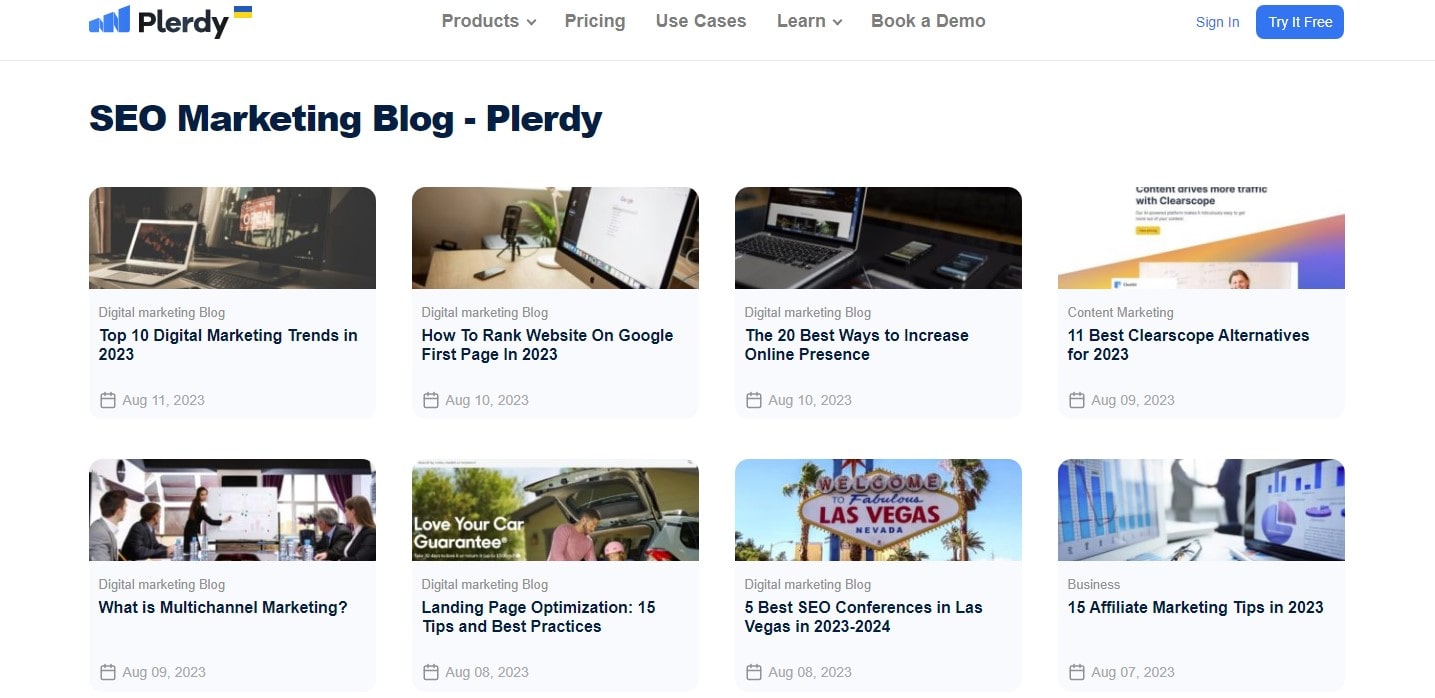
Content marketing and SEO intertwine like vines, each amplifying the other’s potential. For SaaS companies, mastering this symbiotic relationship can translate into heightened visibility and user engagement. Dive into the dynamics of melding content with SEO for an unstoppable digital strategy.
Imagine a SaaS that offers project management solutions. Producing informative, engaging articles on productivity tips or team collaboration techniques brings value. But without SEO, this goldmine of content might sit untouched. Combine stellar content with SEO, and you light a beacon for search engines and users alike. Here’s how:
- Keyword Integration: Blend relevant keywords into content naturally. Discussing “remote team collaboration” as a topic? Integrate related terms like “virtual teamwork” and “online project management.”
- Evergreen Content: Create timeless pieces – tutorials, how-tos, or definitive guides. Such resources continually pull in traffic and remain pertinent.
- Engaging Formats: Diversify content forms. Infographics, podcasts, or webinars can cater to varied audience preferences while enhancing SEO.
- Optimized Metadata: Craft compelling meta titles and descriptions, ensuring they’re sprinkled with pivotal keywords.
- Internal Linking: Guide users through a journey on your platform. If discussing team communication, link to an article about effective virtual meeting tools.
- User Experience: Prioritize readability and structure. Break up text with subheadings, bullets, and visuals. A pleased reader often turns into a loyal subscriber.
SaaS platforms should view content marketing and SEO as two sides of the same coin. One provides substance, the other ensures visibility. Integrating both strategies can place a SaaS platform on the map, turning it from a mere option to a must-have solution in its niche. The digital landscape thrives on content, but only if it’s discoverable and resonant.
User Experience (UX) & SEO
User Experience (UX) isn’t just a buzzword; it’s a pillar of effective SEO strategies, especially in the competitive SaaS industry. Navigating the intersection of UX and SEO means understanding that search engines prioritize sites that people love. If users bounce off a page because it’s hard to navigate, search engines take note. But when they stay, engage, and interact – that’s a positive signal, boosting your SaaS platform’s standing in search results.
Picture a SaaS platform catering to freelance writers. If the dashboard is cluttered or the tools hard to find, users might pull back. But enhance that experience, ensuring smooth navigation, quick page loads, and intuitive design, and you not only retain customers but also step up your SEO game.
Key elements intertwining UX and SEO include:
- Page Load Speed: A sluggish site turns users away, and search engines penalize slow loaders.
- Mobile Optimization: Users increasingly access SaaS platforms on-the-go. A mobile-optimized site caters to this demographic while ticking off SEO boxes.
- Readable Content: Walls of text repel. Breaking up content, using engaging headers, and weaving in visuals make it user-friendly and search-friendly.
- Intuitive Navigation: A clear, easy-to-follow site structure benefits both users in their journey and search engines in their crawl.
- Engaging CTAs: Encourage user interaction with clear, compelling calls to action.
By weaving together UX and SEO, SaaS platforms can offer an environment that pleases both their user base and the ever-watchful eyes of search engines. After all, in the digital age, satisfaction drives rankings, and rankings, in turn, fuel visibility and growth.
Voice Search & Emerging Technologies

Voice Search and Emerging Technologies have reshaped the SEO landscape, especially in the SaaS sector. As people increasingly rely on voice-activated assistants like Siri, Alexa, and Google Assistant, SaaS platforms must adapt and align. Picture this: a project management SaaS tool. If it’s SEO optimized for voice search, users can easily find it by saying, “best project management tools for remote teams” into their devices.
Harnessing the power of these technologies demands:
- Natural Language Processing: Algorithms have evolved, understanding conversational queries. Optimize content to match this shift.
- Local SEO Optimization: Voice searches often hinge on local services. Even for SaaS, highlighting geo-specific data can make a difference.
- Fast Loading Times: Voice search users want swift answers. Ensure your platform loads without delay.
- Featured Snippets Optimization: Voice assistants often pull from these concise, to-the-point sections for their responses.
- Security with IoT: As the Internet of Things expands, secure interoperability with various devices becomes paramount.
Emerging technologies keep pushing the boundaries, compelling SaaS platforms to stay nimble and innovative. Voice search optimization isn’t a fleeting trend; it’s an evolving aspect of SEO. By embracing it, SaaS companies not only cater to a modern user base but also future-proof their digital strategies against shifts yet to unfold. In the dance of technology and SEO optimization, staying in step with voice search ensures you remain center stage.
Local SEO for SaaS Companies
Local SEO isn’t just for brick-and-mortar establishments. SaaS companies, often perceived as exclusively digital entities, can tap into the power of local search. Let’s delve into how a hypothetical SaaS company – say, a cloud-based invoicing tool for small businesses – can harness local SEO.
Even in the expansive digital age, businesses still value community connection and local relevance. Your SaaS platform can emphasize its local ties to create rapport and gain traction in specific geographic areas. Tailor your approach:
- Localized Content: Write blog posts about local events or challenges, tying them back to your software. For instance, how our invoicing tool assisted a popular local cafe during a citywide festival.
- Google My Business: Establish a profile. Even if your SaaS doesn’t operate a physical office, marking a local headquarters can bolster local credibility.
- Local Backlinks: Partner with local businesses or blogs. A guest post on a popular local site can drive targeted traffic.
- Reviews and Testimonials: Encourage local clients to leave reviews. Genuine feedback from neighboring businesses can significantly influence prospects.
- Optimized Meta Descriptions: Infuse local keywords naturally. “Cloud-based invoicing solution serving Boston small businesses” is more compelling to Bostonians than a generic tagline.
By anchoring your SaaS company with local roots, you cater to a community that values both technological advancement and hometown familiarity. Integrating local SEO doesn’t confine you – it adds another layer to your expansive digital footprint.
Measuring & Analyzing SEO Success
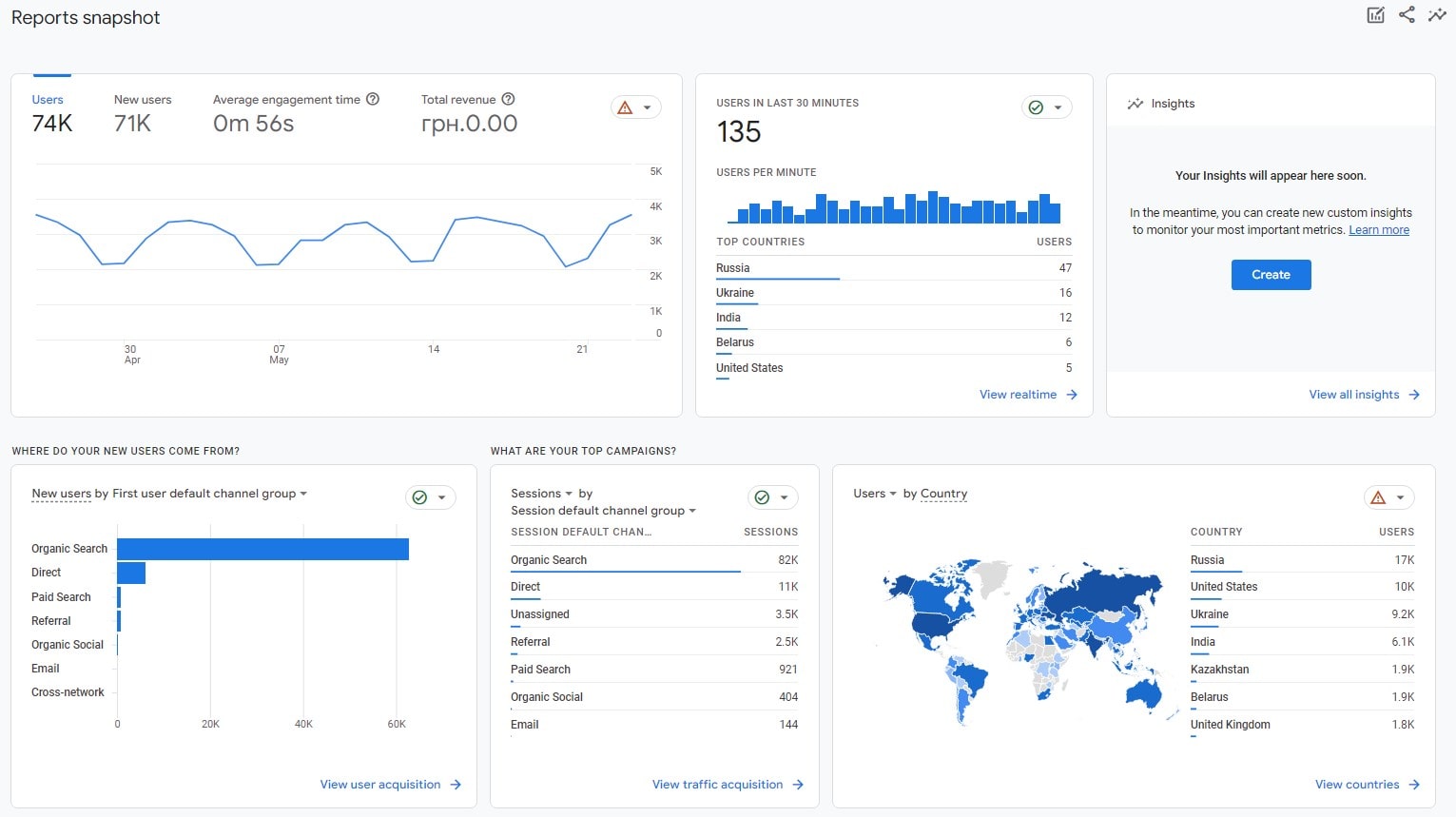
Harnessing the vast potential of SEO for SaaS enterprises requires more than just strategy implementation. You need to dive deep into metrics, measure outcomes, and adjust based on real-world data. Consider a SaaS entity in the project management niche, aiming to scale its user base and fortify its domain authority. How should this enterprise gauge its SEO success?
Metrics become the lifeblood of this analytical process. But don’t just cast a wide net – you’ve got to zone in on what truly matters. Here’s a guide to the essential markers:
- Organic Traffic Flow: Track the number of visitors landing on your site without paid promotion. A surge indicates that your content and keywords are resonating well in search.
- Bounce Rate: Gauge the percentage of visitors who navigate away after viewing only one page. A low bounce rate suggests your site’s content genuinely engages visitors.
- Page Load Speed: In today’s fast-paced digital environment, speed isn’t just an advantage – it’s a necessity. Monitor how quickly your pages load to ensure optimal user experience.
- Conversion Rate: It’s one thing to attract visitors and another to turn them into paying customers. Monitor the ratio of visitors who take the desired action, whether that’s signing up for a free trial or purchasing a subscription.
- Keyword Ranking: Track where your site pops up in search results for specific keywords. If you aim to be the go-to project management tool in Austin, Texas, for example, see where you stand when potential users search “Austin project management software.”
Diligently monitoring these metrics will paint a clear picture of your SEO efforts. By leaning into what’s working and tweaking what’s not, your SaaS venture can carve out its digital niche and thrive amidst competitors.
The Future of SaaS SEO
Navigating the digital horizon, SaaS companies will find that the evolution of SEO keeps them on their toes. The integration of artificial intelligence, voice recognition software, and augmented reality will reshape the SEO landscape for SaaS entities in intriguing ways.
Imagine a SaaS firm in the healthcare management niche. As technology intertwines with user behaviors, the emphasis will shift beyond conventional keyword strategies. Here’s a guide to some emergent trends:
- AI-Driven Analysis: Algorithms now dive deeper into user intent rather than just words. This means refining content that directly aligns with specific user needs.
- Voice Recognition: With digital assistants becoming household staples, optimizing for voice search becomes paramount. It’s more about capturing natural speech patterns and less about traditional keyword placement.
- Augmented Reality (AR) & SEO: As AR apps gain traction, SaaS companies should strategize for AR-based searches. For instance, a healthcare management app might integrate AR to guide users in real-world settings, linking digital resources with tangible experiences.
- Personalized Search: As search engines get smarter, they cater results to individual users. For SaaS businesses, this underscores the importance of creating varied, high-quality content to engage different segments of their target audience.
As the digital tapestry evolves, SaaS businesses must anticipate and adapt. Staying one step ahead ensures that when users type in a search or ask their digital assistant for the best healthcare management solutions, it’s your brand they find and trust. In this dynamic environment, the nimblest and most foresighted will rise to the top.
To Sum Up SEO for SaaS
Diving into “SEO for SaaS: The Ultimate Guide in 2023” has been nothing short of a roller-coaster ride through the intricate lanes of search optimization tailored for SaaS platforms. Navigating the tight corners of keyword strategy and maximizing the potential of search results has been our main goal. ✅
The guide talked about several tools, but for a complete and in-depth analysis of SEO & UX, consider utilizing the Plerdy tool. It’s like adding a cherry on top of your already well-baked cake. The tool is a powerful ally that simplifies the complex world of SEO, pinpointing where you’re shining and where some tweaks are necessary. It’s a robust resource to keep in your arsenal when the goal is to audit, develop, and optimize your SaaS SEO strategies. 💪
So, as we wrap up this guide, remember:
- Think strategically about your SEO goals.
- Don’t get lost in the weeds – prioritize actionable insights.
- Always be on the lookout for tools like Plerdy that can make your journey smoother and more productive.
Now, gear up, implement what you’ve learned, and watch your SaaS platform thrive in the vast ocean of online searches. 🔎
